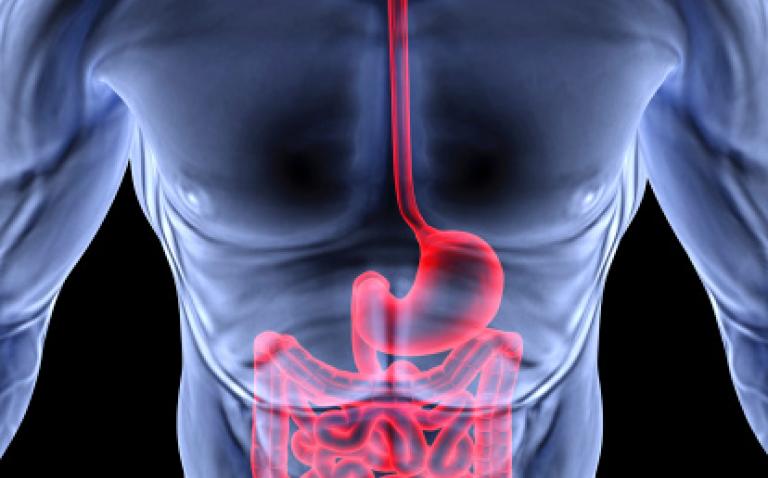Tuesday, 4th December marks the launch of the EUropean, multi-centre, prospective bi-annual point prevalence study of CLostridium difficile Infection in hospitalised patients with Diarrhoea (EUCLID), the largest study of the prevalence of CDI ever conducted in Europe.
For the first time experts will get a clear picture of the true incidence of CDI; a significant cause of morbidity and mortality and a condition that is thought to be widely under-estimated.(2,3)
CDI is the leading cause of infectious diarrhoea in industrialised countries(4) and is estimated to kill one in 50 patients affected.(3) CDI represents a huge economic burden,(5) patients who develop CDI stay in hospital an extra 1-3 weeks(5,6,7) at an estimated additional cost of €7,1475 compared to those without CDI. The incidence and severity of CDI continues to increase.(3,8,9,10,11) The most recent large-scale prevalence study was carried out in Spain in 2008 and looked at the number of CDI cases within the general population at a certain time. Results revealed that two thirds of cases of CDI were either not picked up or were misdiagnosed within the hospital due to low clinical awareness of CDI.(2)
The EUCLID study, which involves 20 European countries and approximately 500 hospitals, aims to identify the underlying incidence of CDI in hospitalised patients with diarrhoea and highlight the extent of under-testing and under-diagnosis per country. The study was initiated and sponsored by Astellas Pharma Europe Ltd and endorsed by the European Society of Clinical Microbiology and Infectious Diseases study group for Clostridium difficile (ESGCD).
“This study represents an important step forward in understanding the true incidence of CDI and will provide us with much needed information about the epidemiology of a debilitating disease in Europe,” said Dr Ed Kuijper, Chairman of the ESCMID study group for Clostridium difficile.
The EUCLID study will be coordinated out of Leeds Teaching Hospitals NHS Trust, UK, under Professor Mark Wilcox, with support from the EUCLID Core Group. The study is funded by Astellas Pharma Europe Ltd. In each of the participating 20 countries, hospitals will submit samples of all un-formed faeces received on a specified day to a national coordinating laboratory where they will be tested for CDI using a standardised protocol. The sampling will be performed at two different time points in the year to reflect seasonal variations in CDI which peaks during the winter months.(12) Data will also be collected on any diagnostic CDI test(s) requested within the hospital for each sample submitted and if so, the test used and the result. These data, along with reported CDI rates from the previous year, will be used to calculate the level of under-recognition and under-diagnosis.
A full report and analysis of the findings will be published at the end of the EUCLID study which is anticipated in mid-2013.
References
- Ananthakrishnan AN. Clostridium difficile infection: epidemiology, risk factors and management. Nat Rev Gastroenterol Hepatol. 2011;8:17-26.
- Alcala L, et al. The Undiagnosed cases of Clostridium difficile in a whole nation: where is the problem? CMI 2012;18(7):E204-13.
- Bauer MP, et al. Clostridium difficile infection in Europe: a hospital-based survey. Lancet. 2011;377:63-73.
- Crobach MJ, et al. European Society of Clinical Microbiology and Infectious Diseases (ESCMID): Data review and recommendations for diagnosing Clostridium difficile-infection (CDI). Clinical Microbiology and Infection 2009;15:1053–1066.
- Vonberg RP, et al. Costs of nosocomial Clostridium difficile-associated diarrhoea. J Hosp Infect. 2008;70:15–20.
- Wilcox MH, et al. Financial burden of hospital-acquired Clostridium difficile infection. J Hosp Infect. 1996;34:23–30.
- Dubberke MD, Wertheimer AI. Review of current literature on the economic burden of Clostridium difficile infection. Infect Control Hosp Epidemiol. 2009;30:57-66.
- Lyytikäinen O, et al. Hospitalizations and Deaths Associated with Clostridium difficile Infection, Finland, 1996–2004. Emerging Infectious Diseases.2009;15:761–5.
- Søes L, et al. The emergence of Clostridium difficile PCR ribotype 027 in Denmark – a possible link with the increased consumption of fluoroquinolones and cephalosporins? Euro Surveillance. 2009;14:19176.
- Soler P, Nogareda F, Cano R. Rates of Clostridium difficile infection in patients discharged from Spanish Hospitals, 1997-2005. Infection Control and Hospital Epidemiology. 2008;29:887–9.
- Vonberg RP, Schwab F, Gastmeier P. Clostridium difficile in discharged inpatients, Germany. Emerging Infectious Diseases. 2007;13:179–80.
- Polgreen PM, et al. A time-series analysis of Clostridium difficile and its seasonal association with influenza. Infect Control Hosp Epidemiol. 2010;31(4):382-7.










